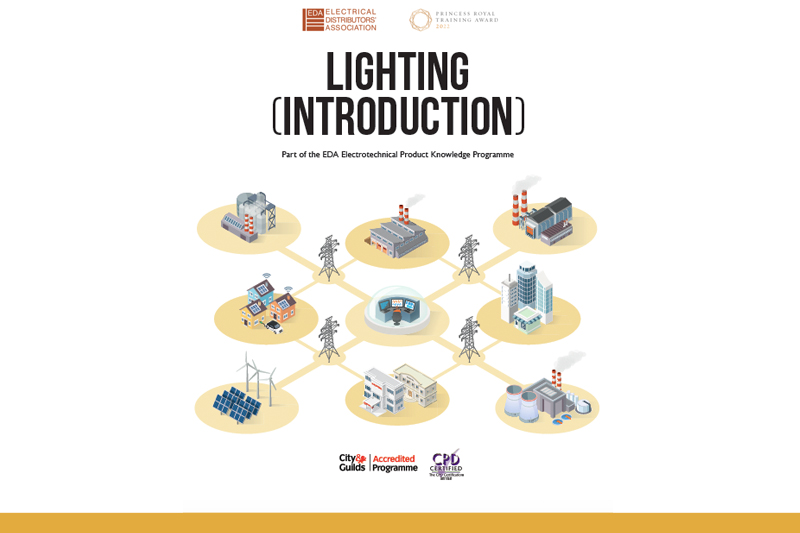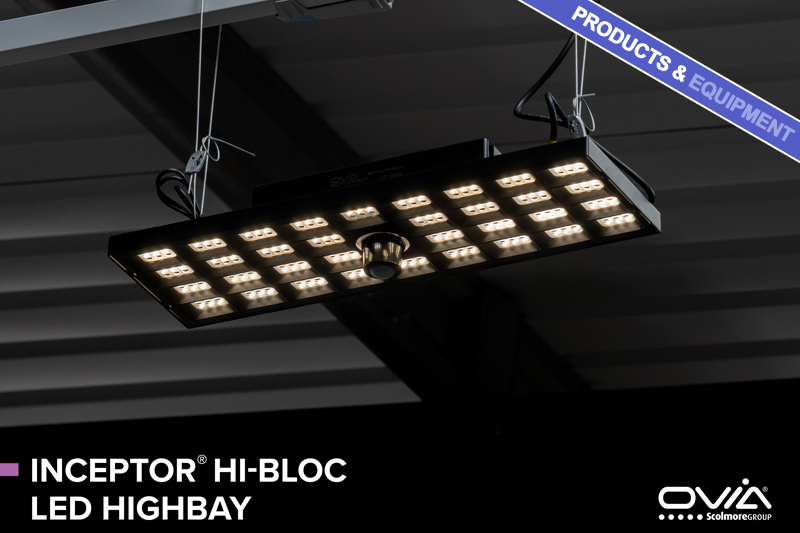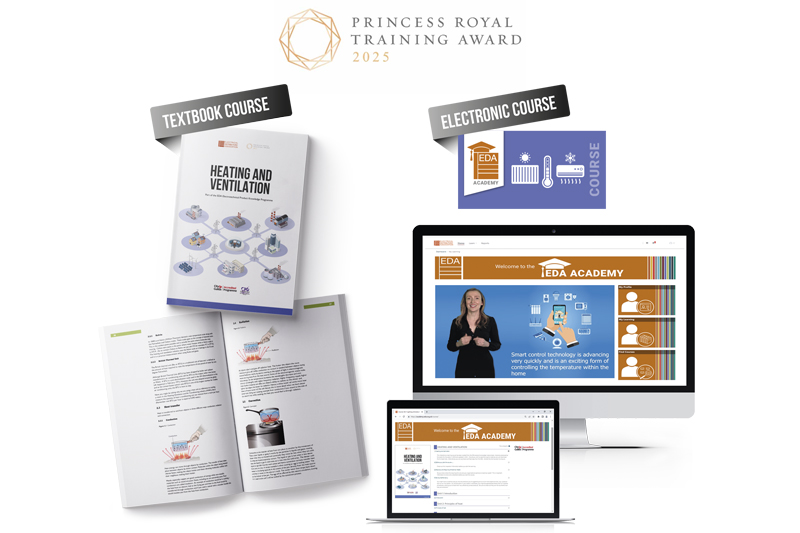The EDA’s Product Knowledge Modules help businesses like yours create cross-selling and up-selling opportunities by building knowledge and confidence. These training modules have won a Princess Royal Training Award so you can be assured of their value.
Introduction to Lighting is one of the 12 EDA’s Product Knowledge Modules created to develop the professional knowledge and confidence of your team. After studying this module you could move on to study Lighting Systems & Controls, also available in this series.
Training in Introduction to Lighting includes:
- Fundamentals of lighting
- Basics of lighting design
- Safety considerations of lighting
- Maintenance considerations of lighting
- Environmental considerations of lighting
Online learning
All the EDA Product Knowledge Modules are available to study electronically via The EDA Academy, the Association’s e-learning portal. Each training course is delivered through video and interactive learning, but if the original hard copy text book is preferred these are still available.
Years of knowledge to give your team a commercial edge
City & Guilds accredited, this training programme harnesses decades of combined expertise from product experts at EDA manufacturers and allied trade associations to create an accessible and practical training opportunity for you and your team.
Test your knowledge
Have a go at this quiz sampled from the Lighting Introduction module. Then check your answers below. If the results show that you need to boost your team’s know-how, talk to the EDA today.
Q1: Why is emergency lighting necessary?
Q2: What is WEEE?
Q3: What do you understand about lumens per watt?
Q4: What is a maintenance factor?
Q5: What is light pollution?
Q6: Describe two ways that controls help with energy efficiency of lighting.
Scroll down for answers
Answers
Q1: Emergency lighting is necessary because it provides coverage and direction over specific areas or defined escape routes when the mains power is lost.
Q2: WEEE stands for Waste Electrical and Electronic Equipment.
Q3: ‘Lumens per watt’ compares how many lumens are produced by a lamp for each watt of energy taken from the electrical circuit.
Q4: A maintenance factor is a numerical expression that accounts for any potential lumen depreciation within the lighting design.
Q5: Light pollution refers to the use of excessive or obtrusive exterior lighting.
Q6: Two ways that controls help with energy efficiency of lighting are:
(a) by switching off lighting in areas that are not in use; and
(b) by switching off lighting in areas where there is sufficient daylight.
How did you do?
Full marks: Well done.
3 – 5 out of 6: Not bad. Could the EDA training help you to fill in any gaps in your knowledge and help you progress in your career?
Less than 3: The EDA Product Knowledge Programme could be just what you need to boost sales.
Watch the video and download the course directory
There’s plenty of information online at www.eda.org.uk, including videos and a downloadable course directory, giving you a summary of what’s covered in each of the 12 training modules.
The EDA team is ready to help. Call 020 3141 7350 or email training@eda.org.uk
For more information, click here
Find more ‘EDA Insight’ articles here





